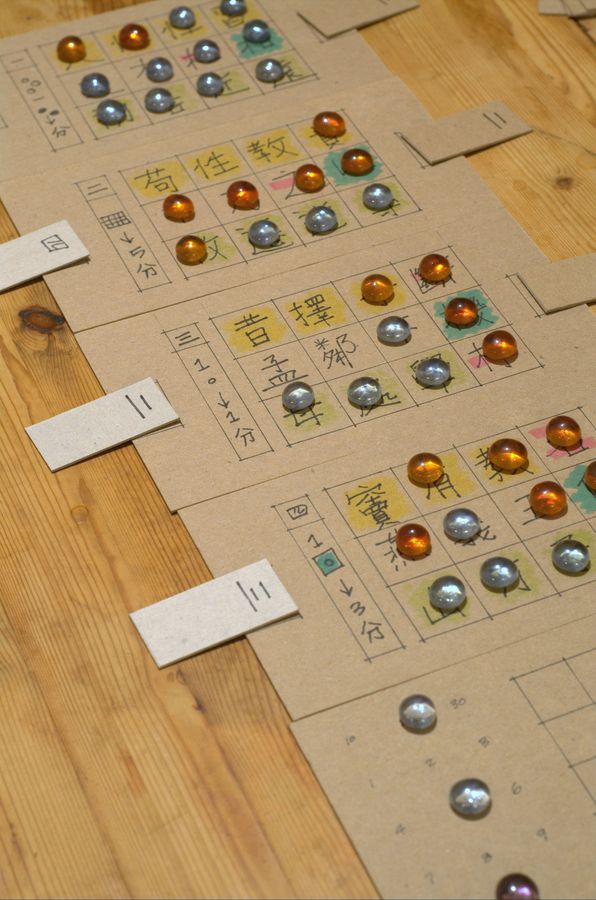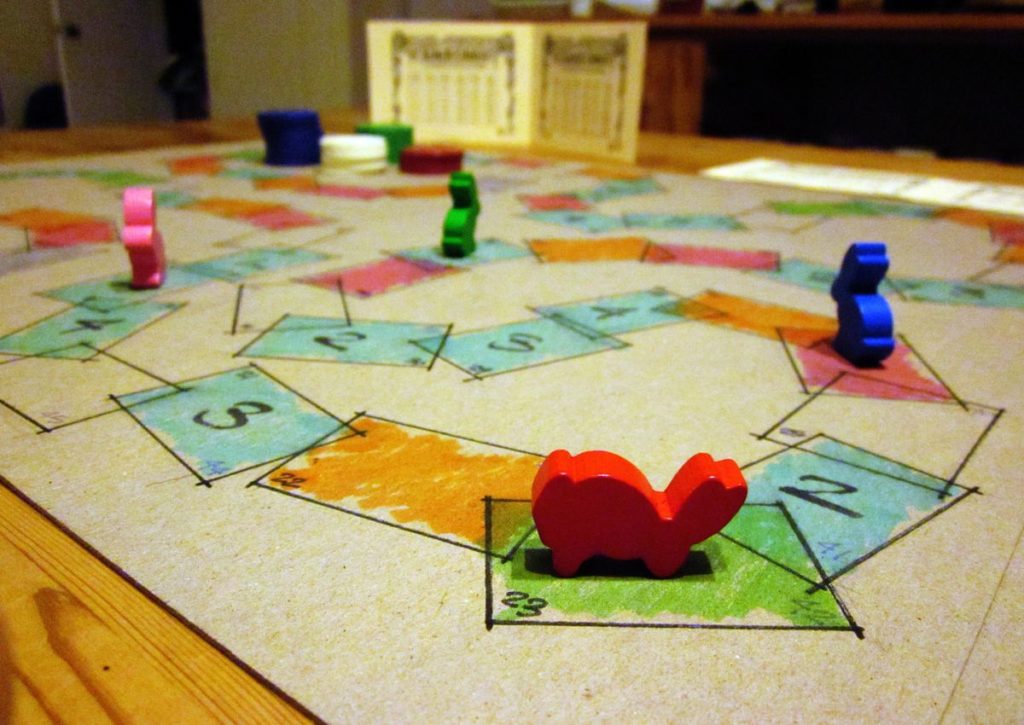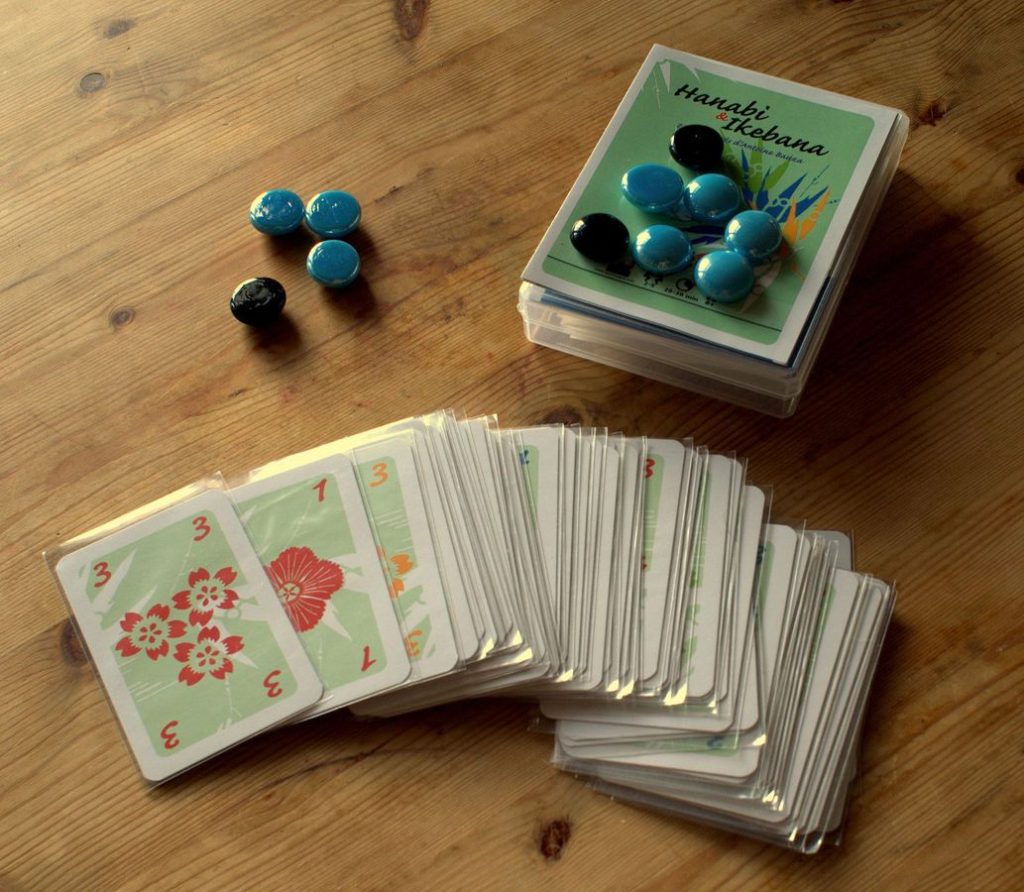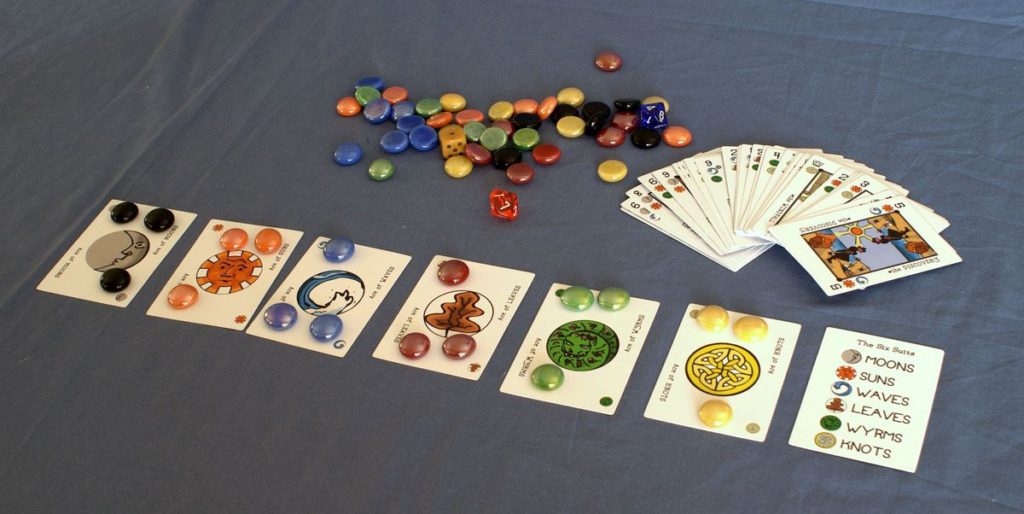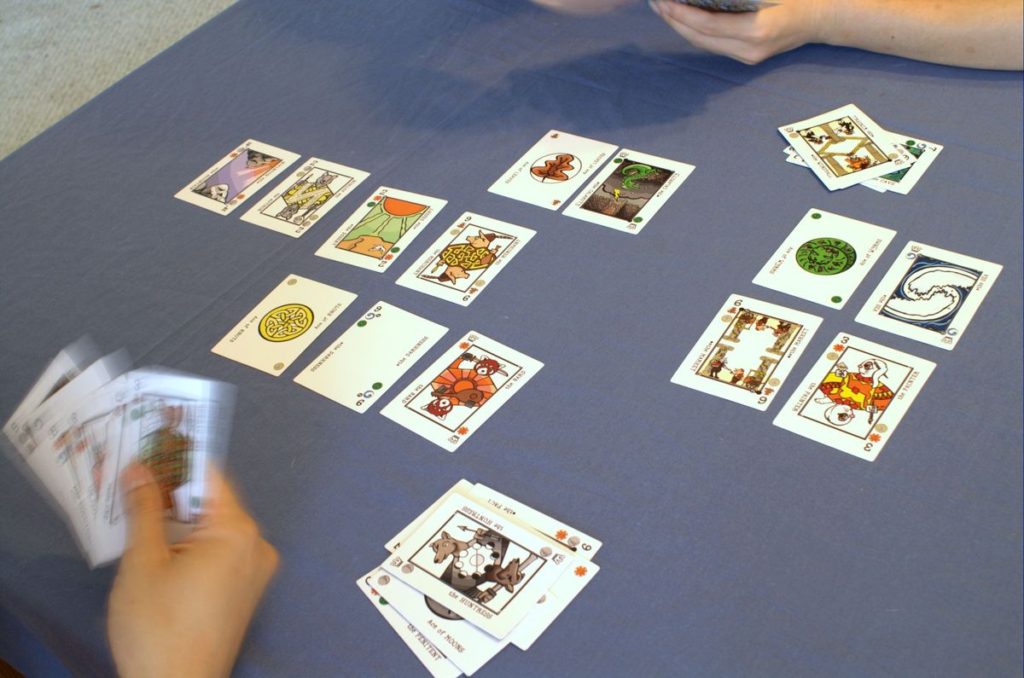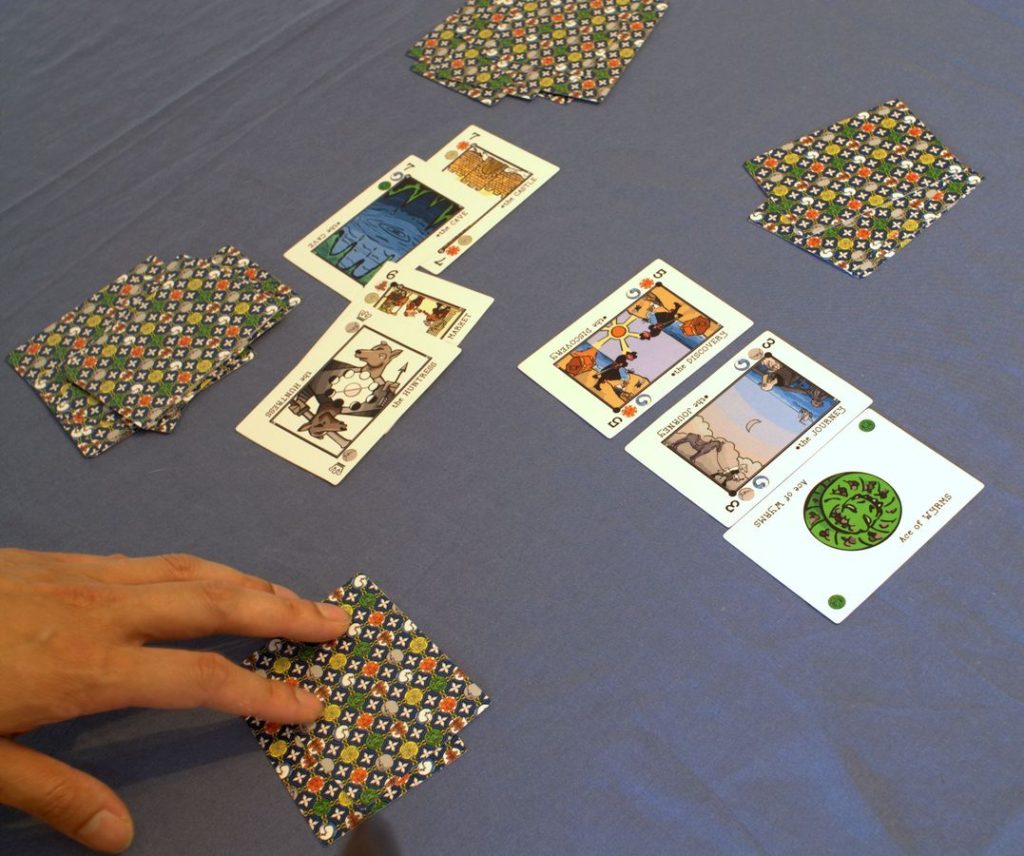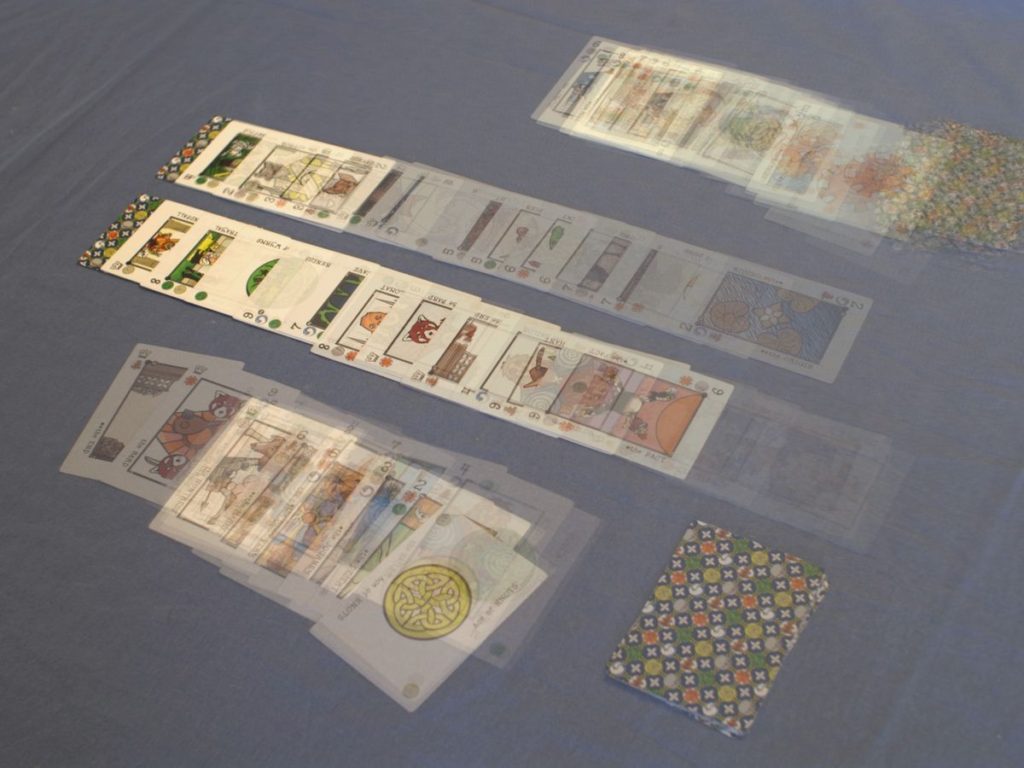This came at the end of a vigorous back and forth with a fairly stubborn conversation partner who was unwilling to explain what he meant by “good” with any definition more specific than “high quality” (and rants against relativists). It almost devolved into an exercise in futility, but turned out to be worth the effort because someone else jumped in and threw in some interesting ideas. It pulled the conversation out of its tailspin and it was good to be reminded that things aren’t that complicated, many thanks to mathaos42.
Although you both have likely achieved a higher degree of education than me I will still offer a suggested definition for potentially good art. I enjoy reading and visual arts, these are my relatively simple observations for how I understand what I read and view.
For me, good art meets three criteria (and employs them consistently within itself):
– Form/Technique – The work of art successfully implements the technique utilized in its creation. This could be a certain style of brush stroke or a syntax and writing style.
– Function/Concepts – Art should stimulate an emotional response and in some way speak to what it is to be here to be human. The intended message of art is important.
Form and function should inform one another, doing it ironically is fine. You can break the rules as long as you know them.
– Context/Culture – Some art is in a language I don’t speak. I would not recognize “good” abstract art but I accept it exists. I believe I am simply not educated in its language and part of the community. For me art builds on previous art, is influenced by the society it exists in and speaks to the context in which it was created. Art is a continuation of dialogue between the artist, their community, their peers and their predecessors. Good art may not be recognized by all but it is recognized by those fluent in the appropriate language.
Ultimately art is a medium for communication. Good art at least successfully communicates to those who are part of the intended culture and understand the context in which it is to be viewed. One of the fun
things about being human is that so much of our context is shared. While I don’t understand or appreciate abstract art due to my lack of desire to educate myself in its particular language I appreciate the Sistine Chapel and Shakespeare (with all respect to the great Russian writer). I also appreciate some art styles with less mass appeal, such as outsider art. Bad art exists. I know, I can create it. Art can also be good without my liking it.
What a great response! I had spent much of the conversation asking for a definition of art partly because I haven’t really been able to think it through clearly myself. I don’t know if the response would be unsatisfactorily relativist for the other guy, but I suspect this very closely mirrors my approach in “judging” a piece of art.
My summary if mathos42 posts would be:
- Is a well crafted?
- Did the artist say anything?
- Does it touch the audience?
In response, I would simplify the list.
- Is it well crafted?
- Does it touch the audience?
For the first we judge the artist against their available tools, information, and contemporaries. We can judge their skill in producing the the art against their context.
For the second, we examine the effects their work has brought on this earth. Did it touch the people who the artist wanted to reach; does it touch people today? The stereotype of the unacknowledged genius reminds us that the initial reaction to a piece of work may be quite different from its long term legacy. The people of Shakespeare’s time clearly didn’t appreciate his genius as much as we do today – otherwise we wouldn’t be talking about missing plays.
The reason I would omit the middle criteria is because I feel that the artists’ intention is not important once they send it out in the world. The public statements of an artists might might inform the audience reaction, but only as one among the billion things that end up affecting the audience reaction. Ultimately, the reaction is owned by the audience.
There’s a story that Isaac Asimov mentioned in his book Opus 100
I once listened to a German philosopher discuss one of my stories in detail when he didn’t know I was in the audience. After his lecture I cam up to dispute the points he had made in his interpretation and presented him with what I felt was a blockbuster when I said, “After all, I happen to be the author of the story.”
“Oh,” said he, “are you Isaac Asimov? I’m pleased to meet you and I admire your work, but tell me – What makes you think, just because you wrote the story, that you know anything at all about it?”
I’ve never tried to forget that little lesson.
For what its worth, the other guy also agreed. He felt the 3 point criteria was just a long way of saying “high quality”. I’m still puzzled why he was so uncurious to work on developing a better working definition of “good” beyond the circular and inadequate phrase “high quality”, especially since he was trying to say there are things that are “universally good”.
/pic905555.jpg)
